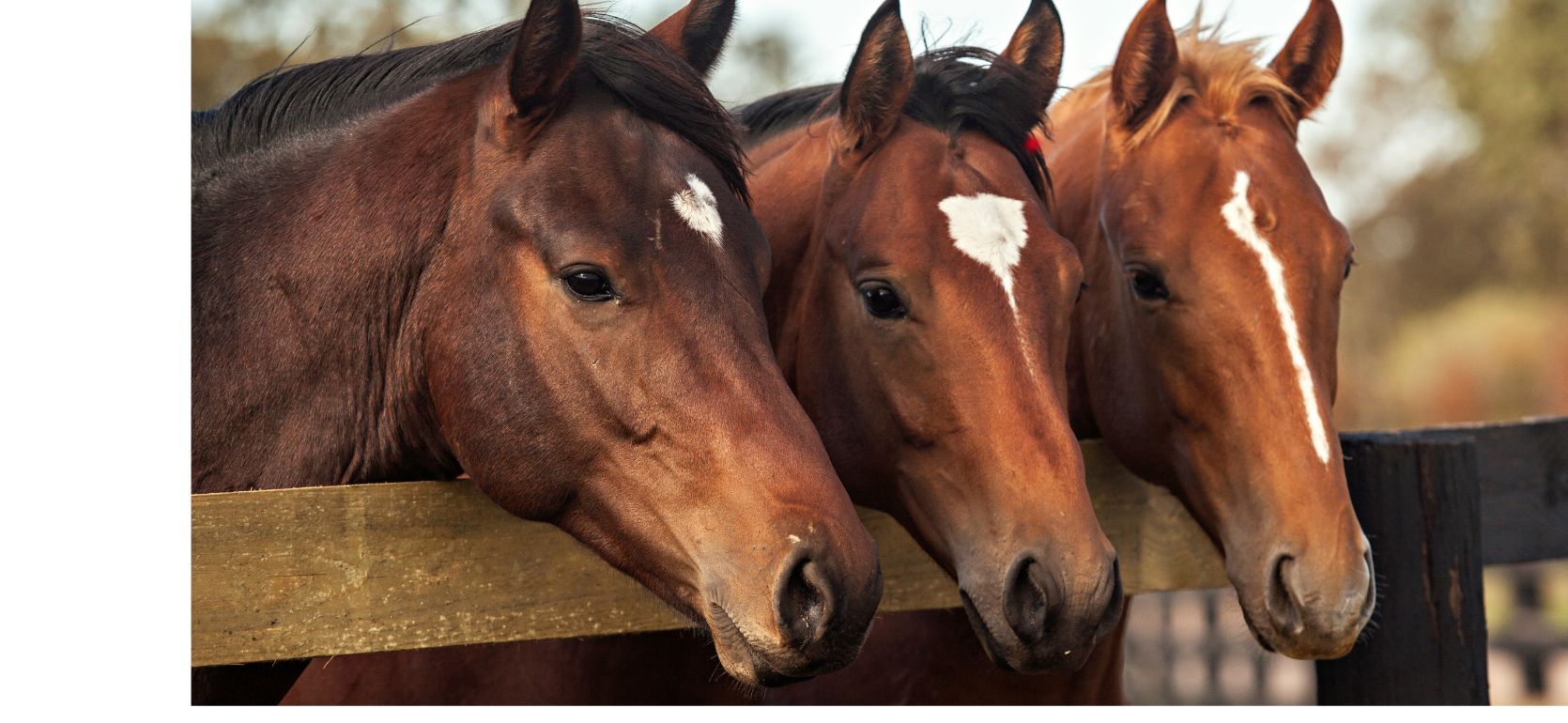
Equine Law Blog
Equine liability litigation sometimes focuses on the equipment worn by a horse before an accident occurred. Some cases claim that the horse was equipped with defective reins, which caused someone (the plaintiff in the case) to be hurt. Here are two such cases.
In a 2005 Michigan case, the plaintiff was taking part in a trail ride on Mackinac Island, Michigan. He claimed that the assigned horse threw him when the reins allegedly broke and the horse bucked. He lost. The court dismissed his case after refusing to admit into evidence a photograph that he took before the ride began. The photo allegedly showed that the reins had been tied together (a common practice for trail rides, in this author’s experience). When the plaintiff appealed, he lost again. The Michigan Court of Appeals affirmed the dismissal finding the trial court properly excluded the photograph and that the plaintiff failed to present sufficient evidence that the reins had been broken before. [The case was Stevens v. Mackinac Island Carriage Tours, Inc., 2005 WL 1249296 (Mich. App. 5/26/2005)(unpublished).]
In a Washington case from 2000, the plaintiff was riding a horse when the reins allegedly split apart. This allegedly caused the horse - who was known to be a steady, aged horse - to become uncontrollable. The plaintiff fell and was injured, and she produced some evidence that the reins had come apart earlier in the day. The trial court dismissed the case, and the Washington Court of Appeals affirmed. It found “no evidence that the reins came untied, unbuckled, or otherwise separated during [plaintiff’s] ride on the horse.” It also found no connection between the reins being disengaged earlier in the day (allegedly from the horse stepping on them, though that was not proven) to the incident. [The case was Cuddeback v. Flanagan, 2000 WL 1146850 (Wash. App. 8/7/2000)(unpublished).]
Every equipment liability case is unique, and the outcome will depend on the particular facts and the applicable law.
- Shareholder
Julie Fershtman is considered to be one of the nation's leading attorneys in the field of equine law. She has successfully tried equine cases before juries in four states. A frequent author and speaker on legal issues, she has written ...

